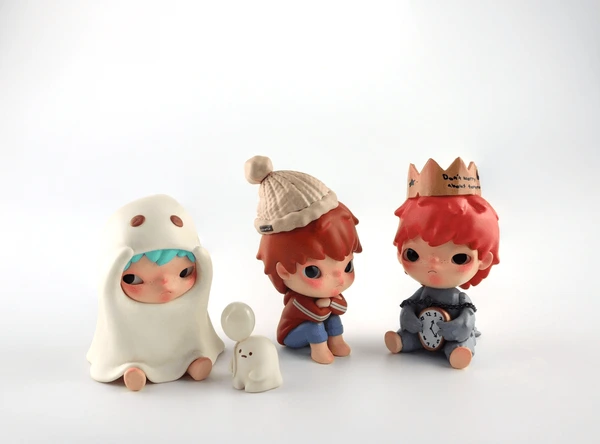In recent years, the world of collectibles has experienced a transformation that blends the thrill of gaming with the chance of gambling. This phenomenon can be seen in the popularity of vinyl toys blind boxes, K-Pop photocards, mystery pins, and loot boxes. These collectible items not only appeal to enthusiasts but also tap into psychological triggers that drive excitement, anticipation, and sometimes addiction. Let’s delve into the gamification and gambling elements that make these collectibles so irresistible.
The Thrill of the Unknown
One of the primary attractions of collectibles like vinyl toys blind boxes and K-Pop photocards is the mystery element. Buyers purchase these items without knowing exactly what they will get. This uncertainty creates a sense of excitement and anticipation, similar to the thrill of gambling. The possibility of uncovering a rare or highly sought-after item adds an extra layer of allure.
Gamification: Turning Collecting into a Game
Gamification refers to the incorporation of game-like elements into non-game contexts, and it’s a significant factor in the appeal of these collectibles. For instance, many vinyl toy companies release series of figures with varying levels of rarity. Collectors often track their progress, share their collections, and engage with communities to trade duplicates or find rare items. This turns the simple act of collecting into a game with objectives, achievements, and social interactions.
K-Pop photocards also utilize gamification effectively. Fans purchase albums with random photocards of their favorite idols, leading to a secondary market where cards are traded or sold. The hunt for a specific card or completing a set can feel like a quest in a video game, driving fans to buy more albums than they might have otherwise.
The Gamble: Risk and Reward
While gamification adds a playful element to collecting, the gambling aspect can be more concerning. Much like slot machines, the act of purchasing a blind box or loot box involves risk and the hope of a reward. This can lead to repetitive purchasing behavior, as collectors chase the high of finding that rare item. For some, this can develop into a form of addiction, where the line between fun and compulsion becomes blurred.
Loot boxes in video games are a prime example of this. Players can spend real money to open virtual boxes with unknown contents, often hoping to get powerful items or rare skins. The random nature and potential for high-value rewards can encourage continuous spending, drawing comparisons to traditional forms of gambling.
The Ethical Debate
The blend of gamification and gambling in collectibles has sparked ethical debates. Critics argue that these practices can exploit psychological weaknesses, particularly in younger audiences. The use of bright colors, fun themes, and the promise of rare items can lead to excessive spending and addictive behaviors. Some countries have even considered or implemented regulations to address these concerns, especially around loot boxes in video games.
Finding Balance: Enjoying Collectibles Responsibly
For many collectors, the excitement and joy of collecting outweigh the potential downsides. To enjoy these hobbies responsibly, it’s essential to set limits on spending and be mindful of the psychological triggers at play. Engaging with collector communities can provide support and help individuals navigate the fine line between hobby and habit.
Vinyl toys blind boxes, K-Pop photocards, mystery pins, and loot boxes have revolutionized the world of collectibles by incorporating elements of gamification and gambling. These practices create a captivating blend of excitement, anticipation, and social interaction. However, it’s crucial to approach these hobbies with awareness and moderation to ensure they remain a source of enjoyment rather than stress. As the industry evolves, ongoing discussions about ethics and regulation will play a vital role in shaping the future of collectible gaming.
By understanding the psychological mechanisms behind these trends, collectors can make informed decisions and continue to enjoy the thrill of the hunt without falling into the traps of compulsive behavior.

Leave a Reply
You must be logged in to post a comment.